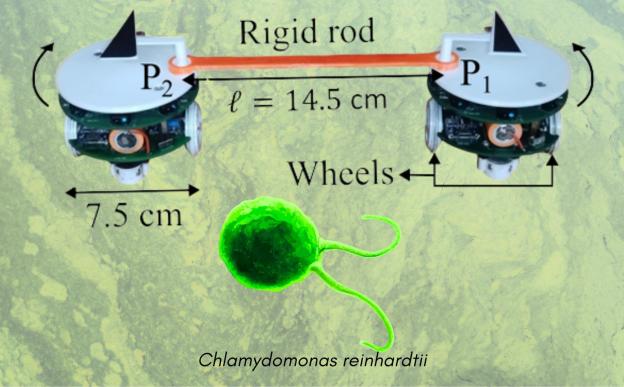
We all remember learning to read—at first, we were taught to read each letter or sound at a time laboriously. Eventually, we picked up reading entire words and sentences effortlessly. But, it is not yet clear as to what changes in our brain when we learn to read.
In a recent study, researchers at the Indian Institute of Science, Bengaluru, have identified these changes in the brain changes that help in visually processing the words and helps us to read efficiently. The study was published in the journal Psychological Science and was funded by the Department of Biotechnology-Indian Institute of Science (IISc) Partnership Programme and the Wellcome Trust/DBT India Alliance. The authors were Aakash Agrawal, a PhD student in the BioSciences and Bioengineering program, jointly advised by Professors KVS Hari from Electrical Communication Engineering and SP Arun from the Centre for Neuroscience.
The researchers devised a series of experiments to understand what changes in our brain when we read words. They used two native Indian languages, Telugu and Malayalam, which have different scripts but many shared sounds. They identified two groups of participants—one that could read Telugu and not Malayalam, and the other that could read Malayalam but not Telugu. The participants were asked to perform a task in which they had to search for an odd letter string in a field of identical letter strings to measure visual processing. Critically, this task could be performed regardless of whether they could read that script.
The researchers found that the participants were not only better at identifying single letters of their known language but were also better with identifying multiple letters. This improved ability arose because the individual letters were more separable. Moreover, the readers with more separable letters were the more fluent ones, suggesting that this change in visual processing directly enables fluent reading.
The researchers also measured brain activity during the process of reading using fMRI (function Magnetic Resonance Imaging). This imaging technique identifies the brain regions responsible for visually processing words and reading them. They found that brain responses to words were better predicted by letters only in the lateral occipital region, which is essential for object recognition. Thus, reading seems to enable parallel processing of letters.
The implications of this study are far-reaching as it opens new areas of research on the regions of the brain involved in visually processing words and reading them. Besides, the findings also have a huge social impact as it backs the importance of reading with empirical evidence.
“These findings could potentially help in addressing reading difficulties in children,” says Mr Aakash Agrawal, the first author of the paper. “Reading difficulties might arise from visual, auditory, or language processing deficits, but the visual processing components have not been characterised before. Our findings could help identify and treat these visual processing difficulties,” he explains.
As a next step, the researchers are partnering with non-profit organisations to study and improve reading abilities in children using visual processing.
This article has been run past the researchers, whose work is covered, to ensure accuracy.
Editor's note - This article is edited for a minor correction upon a request from researchers.

























